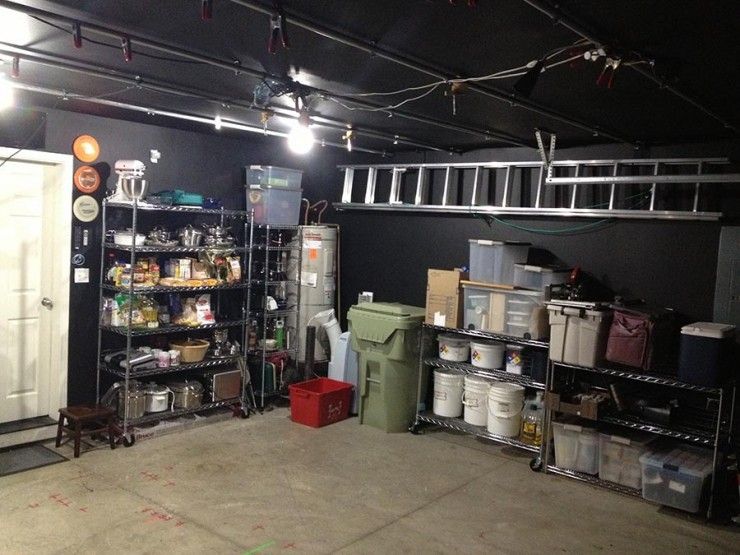

Do this from Sound Settings (Windows) or Sound Preferences (Mac) f or most applications (not DAWs). When using your interface with a DAW, make sure to choose your interface from the Playback Engine or Audio Settings window. Triumph tiger 1050 service manual. DAWs like Pro Tools, Studio One, Ableton Live, etc. Have menus inside the DAW that allow you to select your audio device. An affordable and high quality recording setup for your iPhone or iPad. 🎧 Check out my mobile studio setup for 2020 - 🎹 My lates.
Audio MIDI Setup User Guide
Apple Recording Studio Setup Download
Software for ma. Use Audio MIDI Setup to set up audio input and output devices, such as microphones and multichannel audio interfaces. Airmail 3 6 54 – powerful minimal email client download. You can also use it to route audio from iOS and iPadOS devices directly into your Mac.
Available settings in Audio MIDI Setup depend on the audio device you're using. For example, you can adjust the volume for each channel your audio output device has available.
Apple Recording Studio Setup Windows 10
Recording Studio Software For Different Platforms. If you want to use any type of Recording Studio Software then you can use certain Recording Studio Software. These software will work in such a way that you will be able to install it only on one operating system like Windows, Mac, Linux or Android and not on any other operating system. The Right Computer Setup for Home Recording By Jeff Strong No matter which computer platform you choose, the stuff that you find inside your computer plays a major role in determining how smoothly (or how less-than-smoothly) your Digital Audio Workstation (DAW) runs.
Apple Recording Studio Bundle
Connect your audio devices to your Mac and, if necessary, install any software included with the devices.
In the Audio MIDI Setup app on your Mac, in the sidebar of the Audio Devices window, select a device.
Note: For iOS and iPadOS devices, first click Enable, then select the device. You may be asked to unlock your device with a passcode or to trust the device.
Control-click the device, or click the Action pop-up menu at the bottom of the sidebar, then choose how the device is going to be used:
For sound input: Choose 'Use This Device for Sound Input.'
For sound output: Choose 'Use This Device for Sound Output.'
For playing system sounds: Choose 'Play Alerts and Sound Effects Through This Device.'
On the right side of the Audio Devices window, choose the options available for the device you selected:
In most cases, 'Clock source' is set to the default.
Click the Format pop-up menu, then set the sample rate and bit depth. Make sure they match the appropriate settings for your audio device.
If your Mac supports the hardware sample rate converter, the Hardware Rate Converter pop-up menu is available in the Input pane. When you choose Automatic from the pop-up menu, the hardware sample rate converter is turned on if the audio samples coming in are PCM and formatted according to the international standard IEC 60958-3. The hardware sample rate converter is turned off if the input stream is encoded. You can also choose Enable or Disable from the menu, to keep the hardware sample rate converter turned on or off.
If software volume control is available for your device, the Volume sliders appear blue to indicate that they're active. Drag the sliders to set the volume for each channel.
To set up a surround (multichannel) speaker configuration, click Configure Speakers, then set up the configuration.
